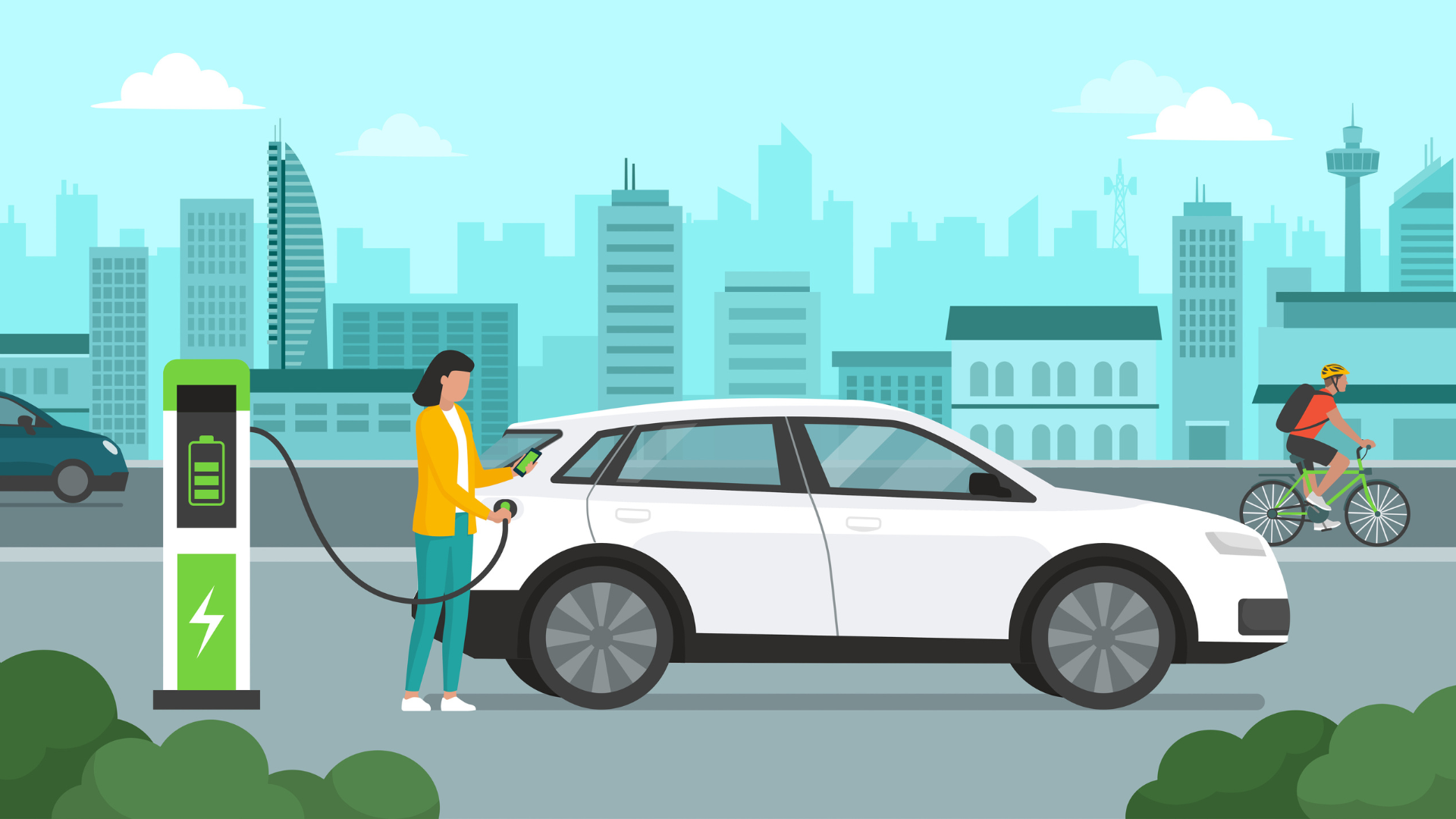100% EV Sales By 2035: Is It Possible?
The Government of Canada is moving to ensure that 100% of new vehicles sold in Canada will be zero emission by 2035, but is this actually possible?
On Tuesday, Steven Guilbeault, Minister of Environment and Climate Change announced proposed regulations for zero-emission vehicles (ZEVs) and sales targets for manufacturers and importers.
The regulations will require that at least 20% of new passenger vehicles sold in Canada will be zero emission by 2026, at least 60% by 2030, and 100% by 2035.
The focus of the proposed regulations, as stated by Environment and Climate Change Canada is to lower Canadian’s environmental footprint and to help families save money on monthly bills in a time of rising and unpredictable world oil prices.
Jonathan Wilkinson, Minister of Natural Resources further elaborated that “[Tuesday’s] announcement is a key step toward ensuring that all light-duty vehicles sold in Canada by 2035 are non-emitting."
This new mandate fulfills a 2021 Liberal election promise. Manufacturers or importers who don't meet the sales targets could face penalties under the Canadian Environmental Protection Act.
The reality is, Canada has a long way to go in reaching these targets. It is worth noting that these targets apply only to passenger vehicles. In British Columbia alone, passenger vehicles account for 74% of all registered vehicles on the road.
Canadians are invited to submit their feedback on the proposed regulations during the 75-day consultation period. Final regulations are expected to be published in 2023.
The Reality of Electric Vehicles in British Columbia
Using information from ICBC’s Open Data License, we are able to get current (up to 2021) and past data on British Columbia’s total vehicle population. Here are a few quick facts:
As of 2021, there are approximately 2.5 million passenger vehicles, up from 2.4 million in 2020.
As of 2021, there are 59,000 electric vehicles and 53% are manufactured by Tesla
In 2017, there were 8,500 electric vehicles, resulting in an increase of 50,000 over the last five years
From 2020 to 2021 there was an increase in electric vehicles by 19,000. Tesla was responsible for 67% of the total increase.
57% of the increase in electric vehicles since 2017 is the result of a single automaker, Tesla
There are 870,000 commercial internal combustion vehicles (ICE) compared to 60 commercial electric vehicles
Tesla hit a record production last quarter of 365,000 vehicles, this is worth noting because Tesla is importing over half of new electric vehicles in B.C.
Tesla would have to prioritize a large portion of its global production to Canada in order to help the Liberal Government reach its 2035 goal.
An alternative route to reach the goal would be through a drastic increase in ZEV production from other automakers, something we have yet to see. For example, only 3,600 electric vehicles in Metro Vancouver are registered as non-Tesla.
What is fascinating is that an analysis of Quebec and B.C.’s mandates released last week by the Canadian Climate Institute maintains that Quebec and B.C. are well ahead of the rest of the country on electric vehicle use.
But, why is this the case?
Provincial Governments Standing In The Way
In the EV industry, EV models of popular ICE vehicles, such as the Toyota RAV4 Prime, are assembled in Japan, whereas its ICE comparable, the RAV4, is assembled in Ontario. Countries wanting to purchase these vehicles for domestic consumers place an order for how many they believe they can sell then Japan begins to build as many as possible.
This system worked well until supply shortages of semiconductors slowed down the assembly line of EVs around the globe. As of now, demand is far outpacing supply, creating a supply-constrained issue for the electric vehicle industry.
The next part of this problem is the penalties that automakers must pay to some regions in North America, specifically in British Columbia, Quebec, California and nine other U.S. states.
In B.C., these penalties are a result of the Zero-Emission Vehicles Act (ZEV Act) that was passed on May 30, 2019.
The ZEV Act requires automakers to meet an escalating annual percentage of new light-duty ZEV sales and leases, reaching: 10% of light-duty vehicle sales by 2025, 30% by 2030 and 100% by 2040.
In layman’s terms, automakers must sell 10% of their fleet a year as full battery-electric vehicles (BEVs) and if it does not, it will pay a substantial penalty.
On the other hand, if the automaker sells more than the 10% quota, it will earn credits that can be sold to other automakers that fall short. In this case, Tesla, which sells 100% of its fleet as BEVs, has made billions of dollars by selling credits in the United States.
Environment and Climate Change Canada believe that these zero-emission vehicle sales targets “accelerate the transition to clean cars and trucks.”
What these sales targets create is a situation where automakers will prioritize orders to B.C. and Quebec when selling to Canada, creating a deeper supply shortage everywhere else.
Presently, B.C. is leading the pack in electric vehicle sales, which account for roughly 15% of all new vehicles registered in the first half of 2023. Quebec is in second at 11% and Ontario is in third at 5.5%.
Tuesday’s proposed regulations from Environment and Climate Change Canada are admirable and a step in the right direction to cut down on the nation’s carbon footprint, but the reality is, these goals seem far-fetched and nearly impossible to achieve.


